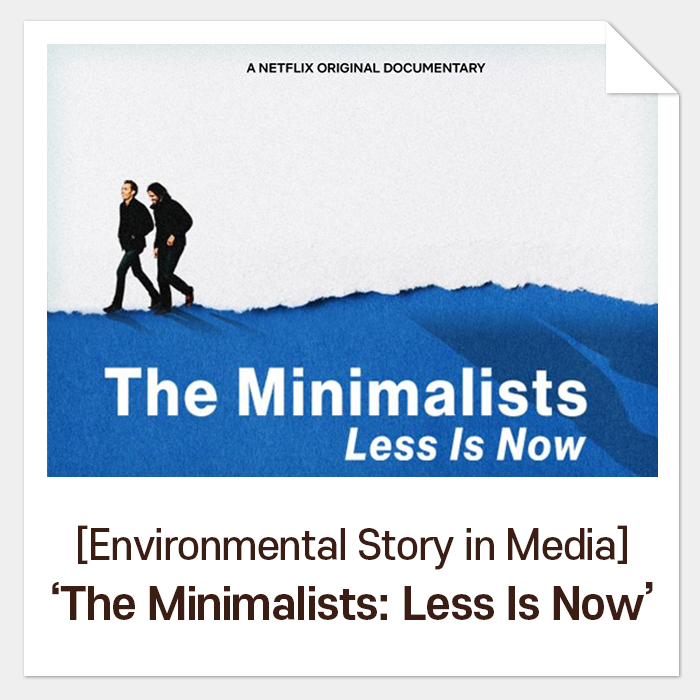FDA to BAN PFAS! The Alternative is rePAPER’s PFAS-free Packaging!
On July 31st, the Food and Drug Administration (FDA) identified certain types of PFAS to be highly hazardous and decided to phase out the production and use of the material in the US. Let’s find out why the organization disapproves PFAS and a safe food packaging alternative rePAPER suggests.
“Forever
Chemical” PFAS, Accumulated in Our Bodies
PFCs (Poly- and Per-fluorinated Compounds) refer to the group of materials which their hydrogen in hydrocarbon is substituted to fluorine. Among PFCs, PFAS(Per– and poly-fluoroalkyl substances) has been widely used from the surface coating for cookware, surgical gowns and drapes, cell phones, semiconductor, low-emission vehicles, clothing, furniture to fast food and take-out food packaging.
However, certain types of PFAS such as PFOA and PFOS had already been banned in the US market due to their notorious effects on humans, causing hormone changes, increased cholesterol, weakened the immune system, certain types of cancer and low birth weight. Moreover, they do not degrade but remain intact in the environment.
Unfortunately, PFAS
is a common material used in food packaging as well as in many other industries
and consumer products that it is highly likely that all of us have already been
exposed to the material through our daily life. In fact, a Harvard research
team published a report that PFAS could be accumulated in an infant by breastfeeding on
Environmental Science & Technology in 2015. In addition, the US CDC stated
that PFAS was detected in the
blood of 97% of American.
The Hazardous
Chemicals Remaining in Drinking Water and Water
As much as its
nickname ‘Forever Chemical’ tells, PFAS is known to accumulate in the
environment and human body. As the PFAS materials have long half-lives, they
end up flowing into the environment, polluting water, ingredients, and air we
intake. In fact, an environmental advocacy group EWG reported that they found
over 700 places polluted by PFAS in 49 states in the US and up to 110 million people
may have drunk the polluted water. Experts emphasize on how the negative effects of PFAS on
our immune system and antibody reaction towards vaccines would put us in danger
during this COVID-19 pandemic.
< https://www.cbsnews.com >
Acknowledging the seriousness, the State governments made some legal movements to protect the residents.
Other states and cities including New Jersey, Minnesota, Michigan are preparing guidelines in order to regulate PFAS in drinking water.
FDA Put an End
to the Safety Issue! No More PFAS!
Finally, FDA
concluded a voluntary agreement with Archroma, AGC Chemicals Americas, Daikin
America who have been manufacturing 6:2 FTOH in July and announced its plan to
phase out PFAS from the US market. The decision was followed by the report
released in the beginning of 2020 about 6:2 FTOH of PFAS that has been used as
food contact material. The report delivers the findings from rodent studies
that PFAS can harm humans and the environment. According to FDA’s announcement,
the manufacturers will control the production and sales of certain types of
PFAS as of January in 2021, and eventually completely stops producing the
material by 2023. In the meantime, they are required to submit an annual
production report to FDA.
Hamburger Wrappers,
Chicken and Pizza Boxes, Food Packaging with PFAS Right Next to Us
The report entitled ‘Packaged in Pollution: Are food chains using PFAS in packaging?’’ by Illinois PIRG Education Fund, Safer Chemicals, Healthy Families, Toxic-free Future, and Mind the Store campaign shows the analysis of food packaging from 6 main food chains in the US. Surprisingly, PFAS was detectable from many of food packaging, such as wrappers of Whoppers, chicken nuggets and cookies at Burgerking, paper bags at Wendy, wrappers of BigMac at McDonald’s. Moreover, molded fiber containers so-called ‘environmentally friendly’ packaging such as salad bowls also showed high levels of PFAS.
< https://saferchemicals.org/packaged-in-pollution >
FDA’s
announcement put the food chains into a difficult position. Even though they
used the PFAS-contained products since they were approved as safe food-contact
materials by FDA previously, they are now blamed for providing customers the
containers containing carcinogens.
PFAS-free,
Safe and Excellent rePAPER’s Food Packaging!
Foods provide essential energy for us to lead a life and joy as well. As the quality of life has increased, people in modern society consider food’s nutrition and hygiene not to mention its taste. Now, the packaging also becomes to be taken into consideration.
As the food delivery and HMR market industries have been vigorously developed, the range of food packaging has become broadened, too. Some materials may make chemicals move from the containers to foods. Especially the ones used for microwave or oven, it is possible that the high temperature destroys the molecular structures or coating layers of packaging and they migrate to foods. Yet, customers have not been fully informed about this instability, but being exposed to the chemicals without knowing.
FDA’s decision this time is recognized as a meaningful step to protect customers’ health from PFAS which has always been controversial for safety issues. Consumers will keep requiring high standards to secure the food’s safety with environment-sound properties for food packaging. Therefore, the world will also need a clear guideline for using PE-coated paper instead of PFAS for grease resistance.
rePAPER’s environmentally friendly coated board, REPA COAT, reaches over 10 of grease resistance according to TAPPI methods and proves none of harmful materials were detected based on REACH’s SVHC. rePAPER’s PFAS-free products are safe to be in contact with foods, are environment-friendly having both material and organic recyclability while fulfilling the requirement as food packaging.
What containers did you use for your foods today? Why don’t we start the eco-friendly consumption that protects ourselves and the environment with rePAPER’s food packaging?













Comments
Post a Comment